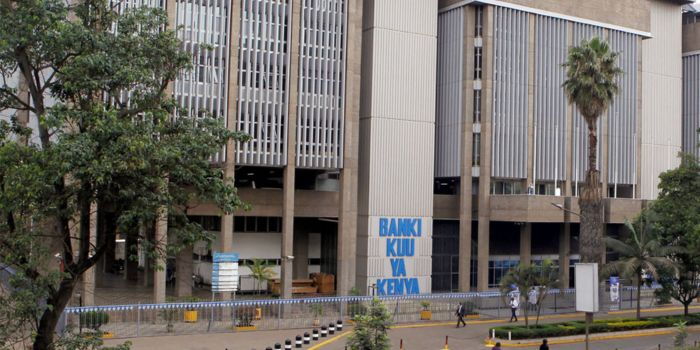Report Shows Why Some Banks Are Losing Billions

Microfinance banks (MFBs) have endured a sharp deterioration in performance, leading to losses amounting to billions, according to a new report.
The report, which is part of theKenya Banking Sector: Performance and Regulatory Reforms 2024,revealed MFBs suffered considerable losses in 2024, sparking concerns about the future of the once-crucial sector in Kenya’s financial landscape.
According to the report, MFBs collectively recorded a loss of Ksh3.5 billion before tax in the year ending December 31, 2024, marking a sharp increase from Ksh2.4 billion in losses the previous year.
Out of the 14 licensed microfinance institutions, only four posted profits, while the remaining ten fell further into the dreaded red zone.
The report further revealed an interesting dynamic, as three institutions accounted for a bulk of the MFB sector’s losses, with a combined pre-tax loss of more than Ksh2.7 billion.
Poor performances by MFBs have been largely attributed to the 12.1 per cent drop in total income, which has mainly resulted from a 16 per cent reduction in net lending. Net lending fell from Ksh37.5 billion in 2023 to Ksh31.2 billion in 2024 – a drop which highlighted the vulnerabilities within the microfinance sector.
Since fewer loans were issued, interest income effectively dropped by 12.3 per cent, further squeezing earnings away from the industry, which is heavily reliant on credit-based revenue.
Drop in lending activity is also linked to constraints in funding, which forced MFBs to scale back their core business. Return on assets also slipped from -4 per cent to -6 per cent.
Return on equity nearly doubled in the negative, going from -35 per cent to -78 per cent, highlighting the deepening losses for shareholders as well as the inability to generate value.
For ordinary Kenyans,the downward trajectory of MFBs is worryingsince reduced lending from the institutions effectively means limited access to credit while also threatening the long-term sustainability of MFBs, which were primarily set up to support financial inclusion.
In the same report, digital credit providers (DCPs), which operate primarily via mobile platforms, have been expanding rapidly amid the struggles of microfinance banks. In 2024 alone,the number of licensed DCPsmore than doubled, going from 32 to 85, following regulatory reforms which brought them together under the supervision of the CBK.
Gross loans issued by DCPs also surged by 91 per cent, rising from Ksh28.9 billion in 2023 to Ksh55.2 billion in 2024, while the number of individual loans also jumped to a staggering 3.9 million by the end of the year.



